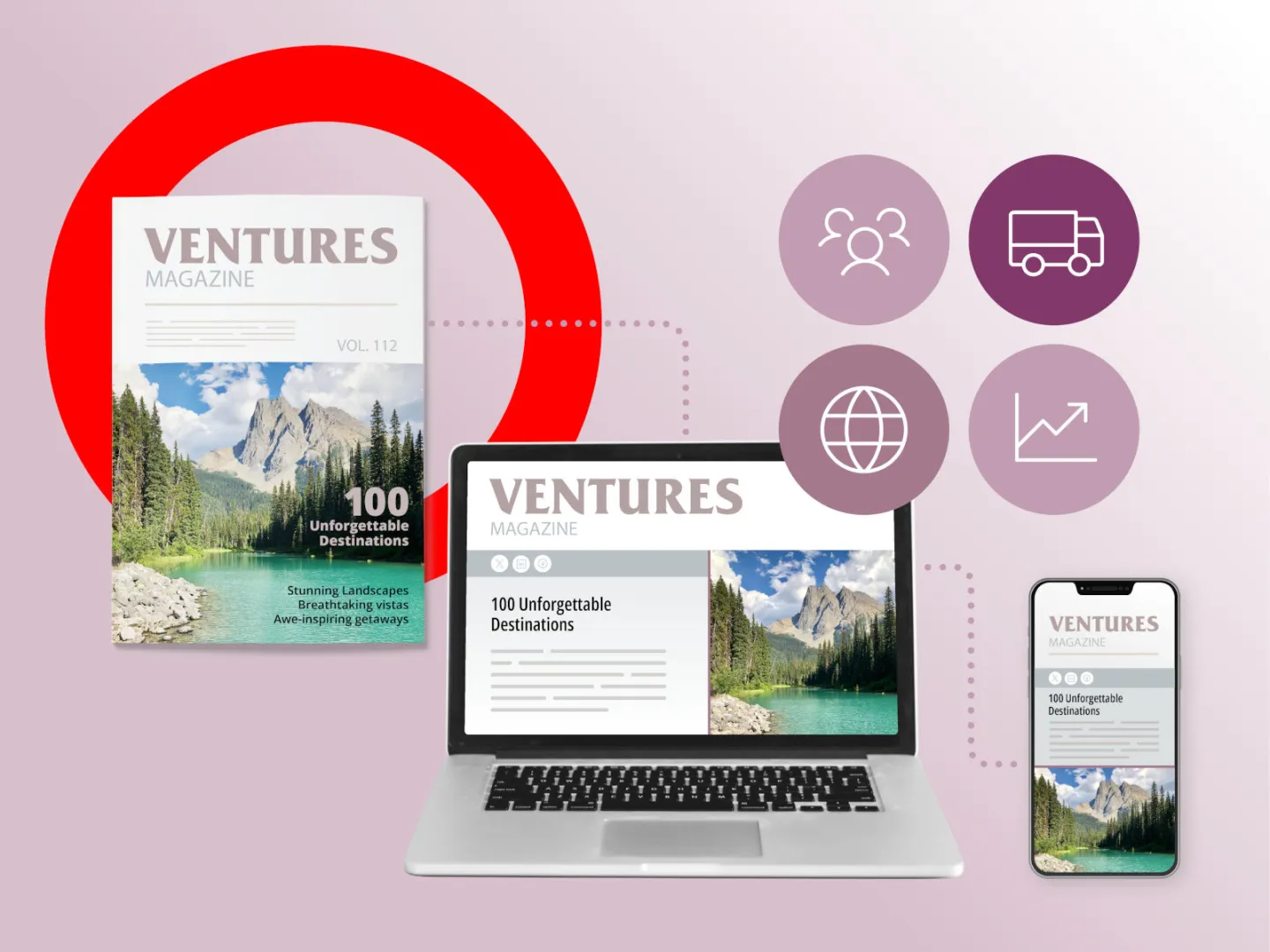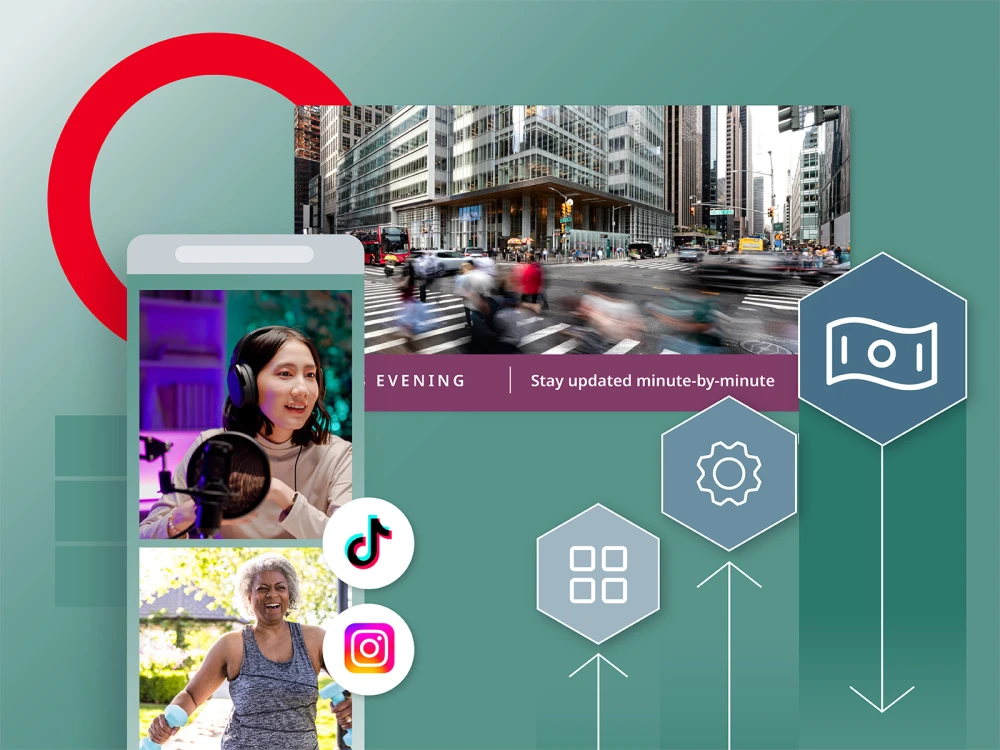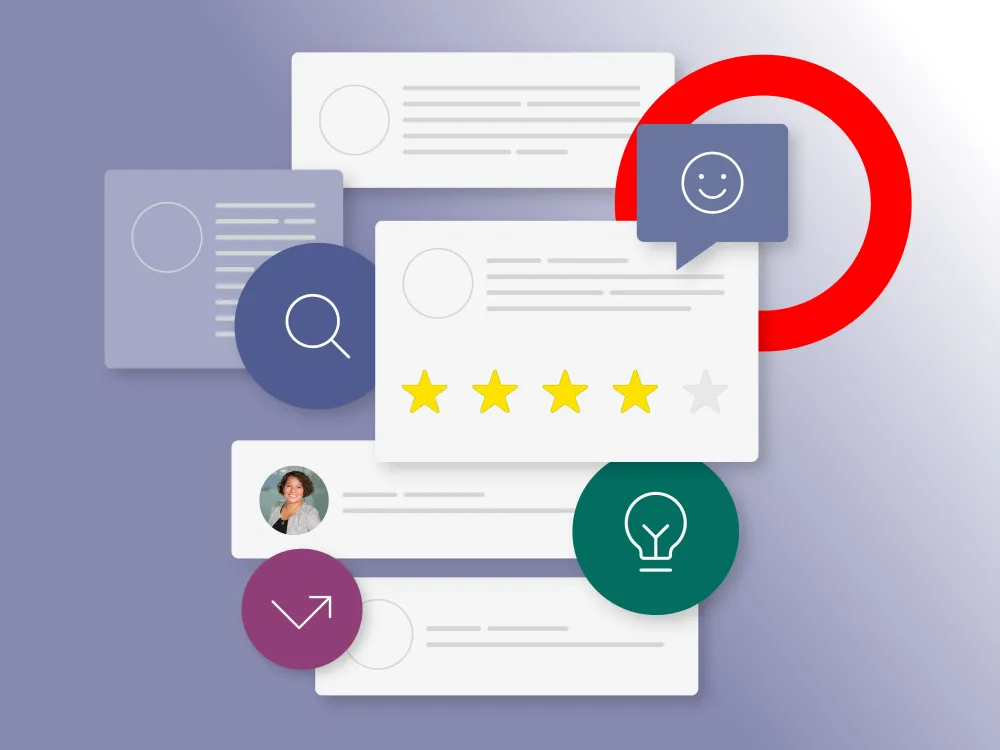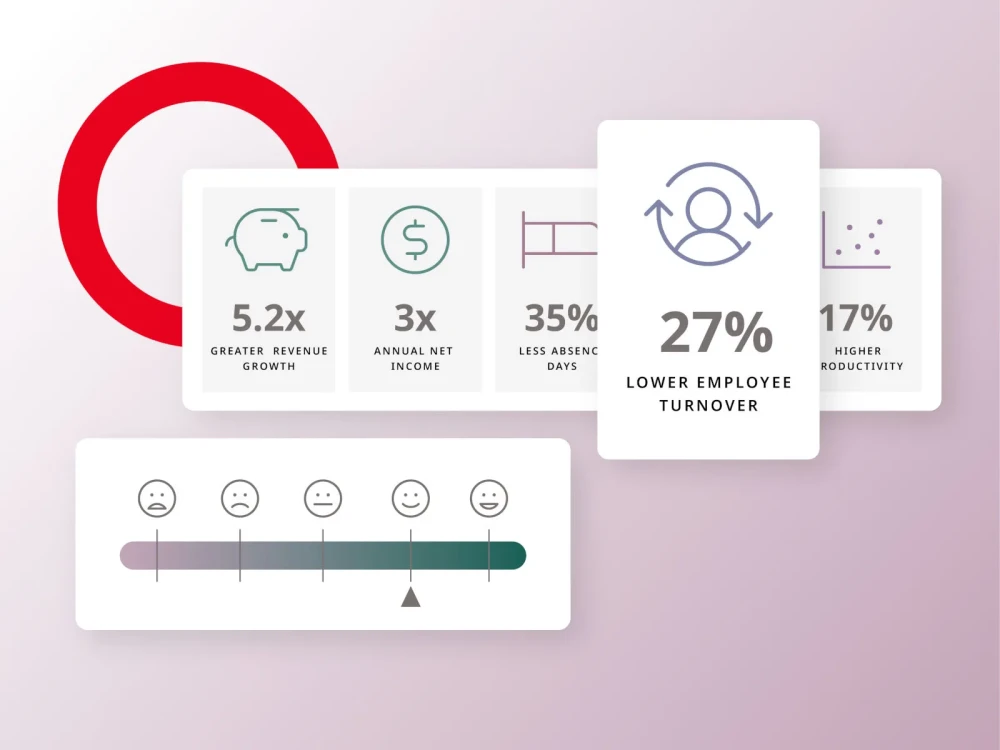There was a time when people eagerly waited to hear the thud of their print newspaper landing on their front porch; when lifestyle magazines dominated grocery checkout lines; and when people regularly tuned into the evening news. While those things may still be happening for some, there’s no doubt that a digital transformation has overtaken the way content is created, distributed and consumed for the vast majority of the world.
Consider this: The estimated weekday circulation of U.S. daily newspapers dropped by more than half from 55.8 million in 2000 to 24.2 million by 2020, according to the Pew Research Center. At the same time, revenue from periodical publishing (magazines, journals, specialty publications) dropped from $40.2 billion in 2002 to $23.9 billion in 2020.
As they recognized that people wanted to get their news, information and entertainment on a variety of platforms, channels and devices, savvy media companies became the earliest adopters of digital transformation. The ones that didn’t have gone the way of the dinosaur.
Powering this digital transformation are digital newsrooms, and at the heart of them are content platforms for media publishing. Having the right technology stack is a no-brainer for any media company that wants to compete for viewership and increase audience engagement.
Brightspot is the piece of software between every system we have. It is the digital brain of Univision.
What does digital transformation in media look like?
Let’s get back to that newspaper. Instead of mastering how to fold The New York Times on the subway, people now read all the news that’s fit to print on their smartphones, tablets—even their watches. They also don’t just read articles—they watch interactive slideshows, read real-time takes on breaking news, take quizzes, view video components of stories and listen to podcasts.
Media companies have realized that in addition to long-form content, people also want to consume short snippets of video that last just seconds—and everything in between. To keep up with these trends, enterprise media companies have had to transition to content management systems that can not only handle a 24/7, always-on publishing cycle, but also make it easy to pivot from feature articles and infographics to slideshows and TikTok videos.
A great example of a media company embracing a digital transformation is National Geographic, an iconic magazine known best for its stunning photography. As a media company today, it has elevated its editorial mission to offer online audiences immersive multimedia experiences including curated video content.
Powering media’s digital transformation: A CMS for the digital age
Legacy systems for creating content are no longer sufficient for digital-age media companies. Nor is keeping different teams in silos to work on individual verticals, content types or channels the best use of these resources. On the other hand, a robust content platform for media publishing allows for a centralized place to collaborate, a transparent workflow and approval process, and tools for building out an editorial calendar to help with scheduling and distribution.
Another perk of using a content platform for media publishing is having access to millions of digital assets—from photos to video to illustrations. This makes working on stories for writers and editors so much more efficient, enabling them to create mobile-friendly, visual stories on deadline.
What’s next for media digital transformation?
There’s no doubt that younger generations are gravitating toward more social and immersive media experiences, rather than traditional TV, radio and print. They follow influencers on social media, stream their entertainment on the go and prefer personalized content. As a Deloitte media industry outlook report explains, it’s important that media companies pay special attention to their audience’s digitally-focused entertainment and news preferences, and tap into the power of fan communities to win the loyalty of Gen Z.
There’s no telling what the next big trend or social-media platform might look like. It’s likely that AR and VR will play a major role, but while we may not know the details, we can estimate that it will happen quickly. We already know AI and ChatGPT are disrupting everything from online search to virtual customer service.
If the last couple of decades have taught us anything, it’s that media companies need to be agile and ready to adapt. Having a content platform for media publishing that can be customized and evolve to handle whatever comes next in your digital transformation can help you stay on the cutting edge.











